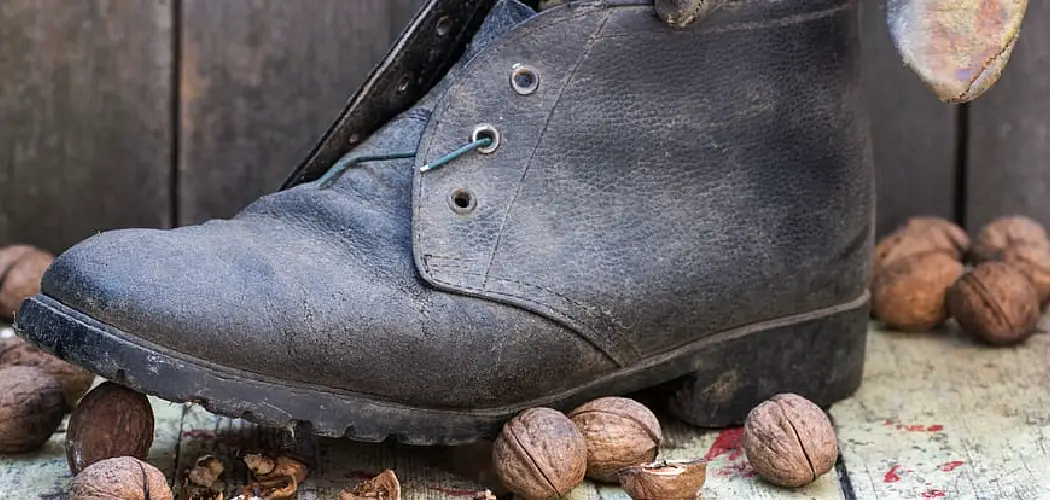Dry rotting is a common problem faced by shoe owners. It occurs when shoes are exposed to moisture, heat, and lack of proper ventilation. This leads to the disintegration of the materials used in making shoes such as leather, rubber, or synthetic fabrics. If left untreated, dry rot can cause irreparable damage to your shoes, making them uncomfortable and unusable.
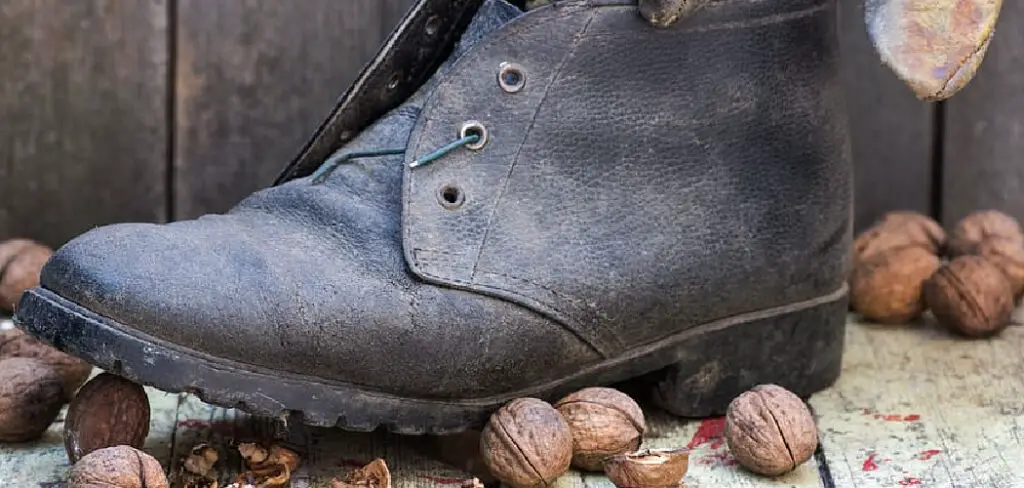
The main advantage of implementing the methods to prevent dry rot is extending the life of your shoes. By following simple steps, you can keep your shoes in good condition for a longer period of time, saving you money on purchasing new pairs frequently. In this blog post, You will learn in detail how to keep shoes from dry rotting.
Step-by-step Instructions for How to Keep Shoes From Dry Rotting
Step 1: Inspect Your Shoes
Before you start taking steps to prevent your shoes from dry rotting, it’s important to inspect them and determine if they are already showing signs of dry rot. Look for discoloration, cracking or flaking on the surface of the shoe.
Step 2: Store in a Cool, Dry Place
One of the most important factors in preventing dry rot is proper storage. It’s important to store your shoes in a cool, dry place away from direct sunlight and heat sources. Investing in shoe trees can also help prevent dry rot. These devices are typically made of wood or plastic and are inserted into the shoes to help maintain their shape and absorb moisture.
Step 3: Rotate Your Shoes
Wearing the same pair of shoes every day can lead to faster wear and tear, including dry rot. It’s important to rotate your shoes and give them time to air out between wears.
Dirt and debris can contribute to dry rot by trapping moisture in the material of the shoe. Make sure to regularly clean your shoes with a soft brush or cloth to remove any buildup.
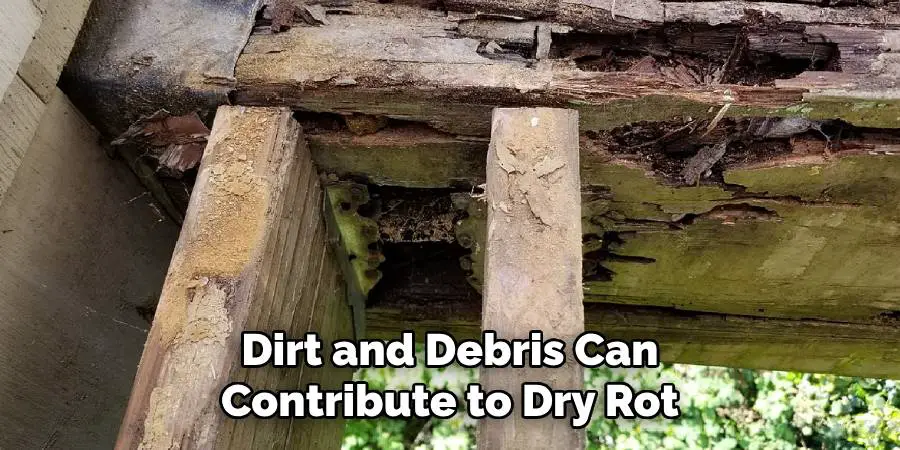
Step 4: Use Moisture-Absorbing Products
To further prevent moisture from building up in your shoes, consider using moisture-absorbing products such as silica gel packets or charcoal bags. These can be placed inside the shoes when not in use to help keep them dry.
Extreme temperatures, both hot and cold, can be damaging to the material of your shoes and contribute to dry rot. Avoid leaving your shoes in extreme environments for prolonged periods of time.
Step 5: Keep Them in Their Original Box or Dust Bag
If possible, keep your shoes in their original box or a dust bag when not in use. This will protect them from dust and other debris that can contribute to dry rot. If you live in a particularly humid or wet climate, consider using a waterproofing spray on your shoes. This will help repel moisture and protect them from damage.
Step 6: Regularly Check and Maintain Your Shoes
Even with all these preventative measures, it’s important to regularly check your shoes for signs of dry rot and address any issues immediately. This may include replacing worn out shoe soles or applying protective coatings.
By following these 10 steps, you can keep your shoes in top condition and prevent dry rot from damaging them. Remember to regularly inspect, clean, rotate and store your shoes properly to prolong their lifespan. And always be on the lookout for any signs of dry rot so you can address them before they become a bigger issue.
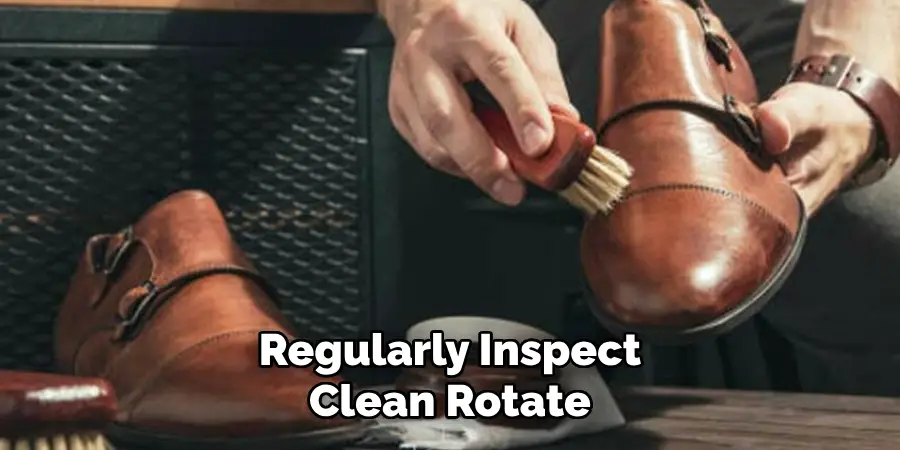
Precautions for How to Keep Shoes From Dry Rotting
- Always Keep your shoes dry and away from humidity. Even a few hours of exposure to moisture can lead to dry rot.
- Use shoe trees to help keep the shape of your shoes. This will ensure that air circulates inside the shoe and prevents moisture build-up.
- Store your shoes in a cool, dry place where they are not exposed to direct sunlight. Sunlight can cause the leather to dry out and become brittle.
- Avoid wearing your shoes in wet or muddy conditions. If your shoes do get wet, wipe off any excess moisture with a clean cloth and let them air dry naturally.
- Regularly clean and condition your shoes. This will not only keep them looking good, but also help prevent dry rot by keeping the leather moisturized.
- Rotate your shoes frequently. Wearing the same pair of shoes every day can cause them to become worn out and prone to dry rot. By alternating between different pairs, you give each pair a chance to fully dry out before wearing them again.
- Use a shoe protector spray on new or recently cleaned shoes. This will help repel water and prevent moisture from seeping into the leather.
- Keep an eye out for signs of dry rot such as cracking or flaking leather, a musty smell, or visible mold. If you notice any of these signs, take action immediately to prevent further damage.
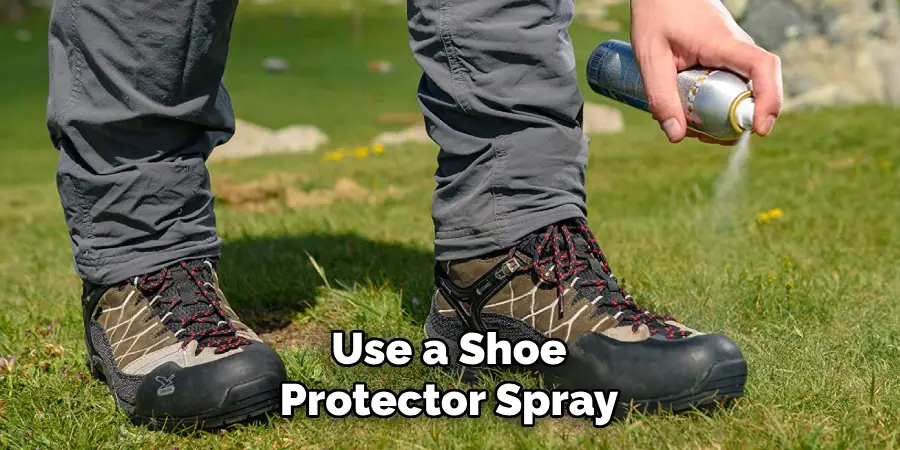
By following these precautions, you can keep your shoes in top condition and prevent them from dry rotting. Remember to always take care of your shoes, as they are not only an important part of our daily attire but also an investment worth protecting.
6 Different Methods to Prevent Dry Rot
1. Keep Your Shoes Clean
Dirt and grime can trap moisture inside your shoes, leading to dry rot. To avoid this, wipe off excess dirt before storing shoes.
2. Keep Them Dry
Avoid getting your shoes wet as much as possible. Dampness can lead to fungal growth, causing damage to the materials of the shoe.
3. Use Silica Gel Packs
Silica gel packs absorb moisture and prevent it from reaching your shoes. Place them inside your shoes when storing them to keep them dry.
4. Store Them in a Cool and Dry Place:
Heat and humidity can accelerate the growth of bacteria and fungi, leading to dry rot. Store your shoes in a cool, dry place with good ventilation.
5. Rotate Your Shoes
Wearing the same pair of shoes every day leads to constant moisture exposure, which can cause dry rot. Rotate your shoes and give them time to air out.
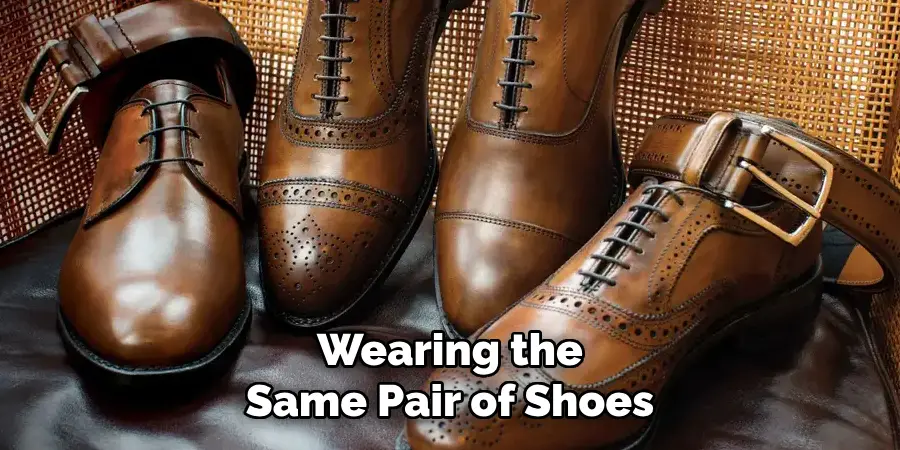
6. Use Shoe Trees
Shoe trees help maintain the shape of your shoes and absorb moisture from inside them. They also improve ventilation in your shoes, preventing dry rot.
In addition, prevention is better than cure when it comes to dry rot. By taking simple steps to keep your shoes dry and clean, you can avoid the hassle of dealing with dry rot in the first place.
What Causes Shoes to Dry Rot?
Dry rot is a common problem that affects shoes, especially when they have been stored for an extended period of time. It can cause the material of the shoe to become brittle and crack, making them unwearable. Let’s take a closer look. There are several factors that can contribute to the development of dry rot in shoes. These include:
- Humidity: Exposure to high levels of humidity can accelerate the growth of fungi and bacteria that cause dry rot.
- Moisture: Shoes that are not properly dried after getting wet, either from rain or sweat, can lead to moisture build-up inside the shoe. This creates an ideal environment for mold and mildew to grow.
- Lack of Use: Shoes that are left unused for a long time can also be susceptible to dry rot. This is because the lack of movement and air circulation allows moisture to build up and encourages fungal growth.
- Poor Storage Conditions: Storing shoes in damp or poorly ventilated areas can increase the chances of dry rot, as it provides a suitable environment for mold and bacteria to thrive.
- Quality of Materials: The type and quality of materials used in a shoe can also impact its susceptibility to dry rot. For example, shoes made from natural materials like leather are more prone to dry rot as they are more susceptible to moisture damage.
- Exposure to Sunlight: Direct exposure to sunlight for extended periods can cause the material of the shoe to dry out and become brittle, making it more prone to developing dry rot.

By being aware of these potential causes, you can take steps to prevent dry rot from occurring in your shoes. This includes proper storage, regular use, and ensuring they are completely dry before storing them away.
Can You Prevent Shoes From Dry Rotting?
Dry rotting is a common issue that affects many types of shoes, regardless of their brand or quality. It occurs when the materials of the shoe, such as leather, fabric or rubber, start to deteriorate due to exposure to moisture and other environmental factors.
This not only affects the appearance of your shoes but also reduces their lifespan and can even lead to uncomfortable wearing experiences. However, there are some steps that you can take to prevent shoes from dry rotting and extend their longevity.
1. Keep them Clean and Dry
One of the main causes of dry rot in shoes is moisture, which can come from various sources such as rain, snow, or even sweat from your feet. When left wet for an extended period of time, the materials of your shoes can start to break down and weaken.
To prevent this, make sure to clean your shoes regularly and thoroughly dry them after each use. This is especially important for leather shoes, as they are more susceptible to damage from moisture.
2. Store them in a Cool, Dry Place
Another way to prevent shoes from dry rotting is by storing them in a cool, dry place. Excessive heat can cause materials to become brittle and susceptible to damage, while high humidity can lead to the growth of mold and mildew.
Avoid storing your shoes in places like hot attics or damp basements. Instead, opt for a cool and well-ventilated area, such as a closet or shoe rack.
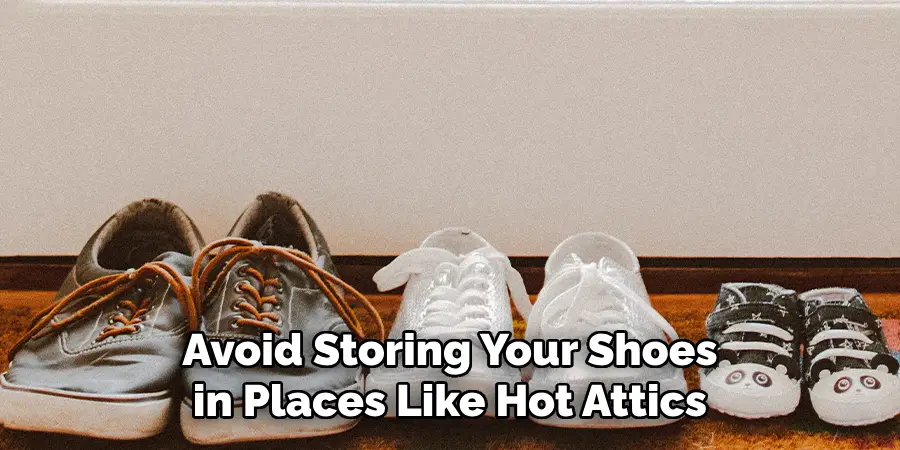
3. Use Protective Sprays or Products
There are several protective sprays and products available in the market that can help prevent shoes from dry rotting. These can be applied to various types of shoes and act as a barrier against moisture, preventing it from seeping into the materials. Look for waterproofing sprays specifically designed for the type of shoe you have, whether it’s leather, fabric or suede.
4. Rotate Your Shoes
Wearing the same pair of shoes every day can accelerate dry rotting as they don’t have enough time to air out and fully dry between uses. To prevent this, it’s recommended to rotate your shoes and give them a break in between wears. This allows any moisture that has been absorbed to evaporate and helps maintain the shape of the shoe.
5. Use Shoe Trees
Shoe trees are another helpful tool in preventing shoes from dry rotting. They not only help maintain the shape of your shoes but also absorb excess moisture, keeping them dry and free from bacteria growth. Make sure to choose a shoe tree that fits your shoe properly and is made of a material that won’t damage it, such as cedar wood.
However, by following these preventative measures, you can prolong the lifespan of your shoes and keep them looking and feeling like new. Remember to regularly clean and dry your shoes, store them in a cool and dry place, use protective sprays or products when necessary, rotate your shoes, and use shoe trees.
Conclusion
In conclusion, dry rotting is a common issue that can occur with shoes and can significantly reduce their lifespan. However, by taking proper care of our shoes and following some simple tips, we can prevent them from dry rotting and ensure their longevity. Firstly, it is crucial to properly clean and store our shoes after each use. This involves removing any excess dirt or debris from the shoe’s surface and letting them air dry completely. Storing shoes in a cool, dry place can also help prevent moisture buildup, which can lead to dry rotting.
Another important factor is to rotate our shoes regularly. Wearing the same pair of shoes every day can accelerate the process of dry rotting. By rotating between different pairs of shoes, we allow each pair to rest and air out, preventing moisture buildup and reducing the risk of dry rotting. I hope reading this post has helped you learn how to keep shoes from dry rotting. Make sure the safety precautions are carried out in the order listed.

